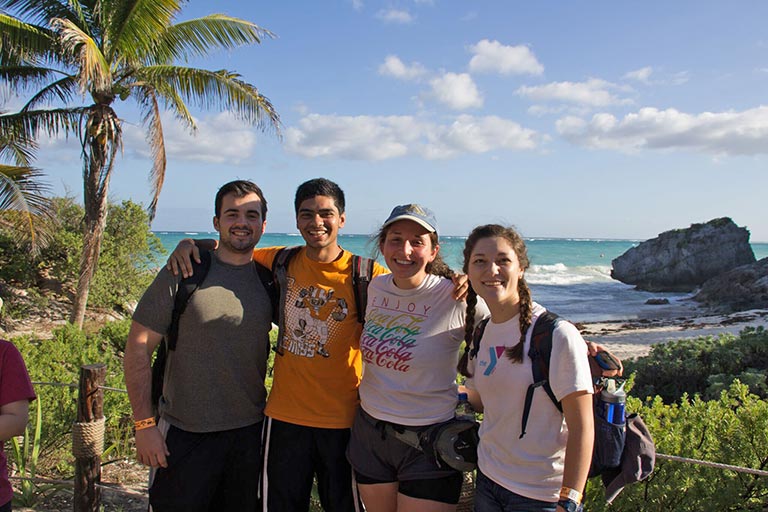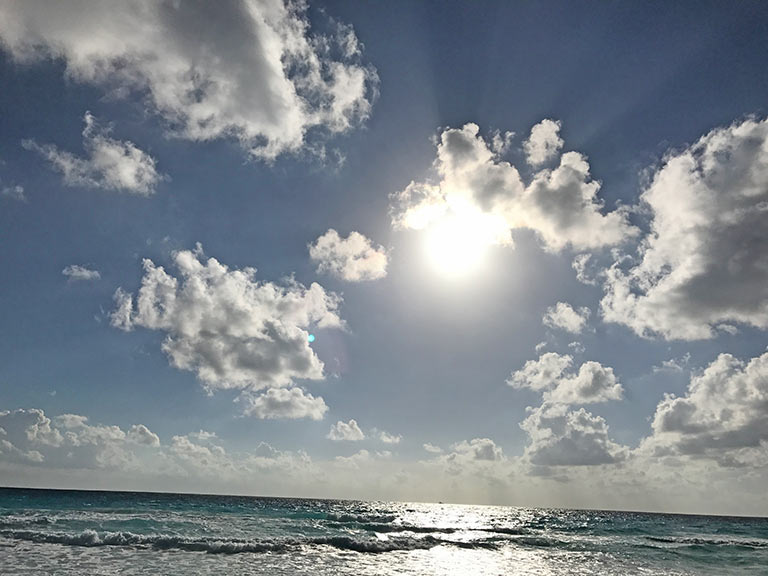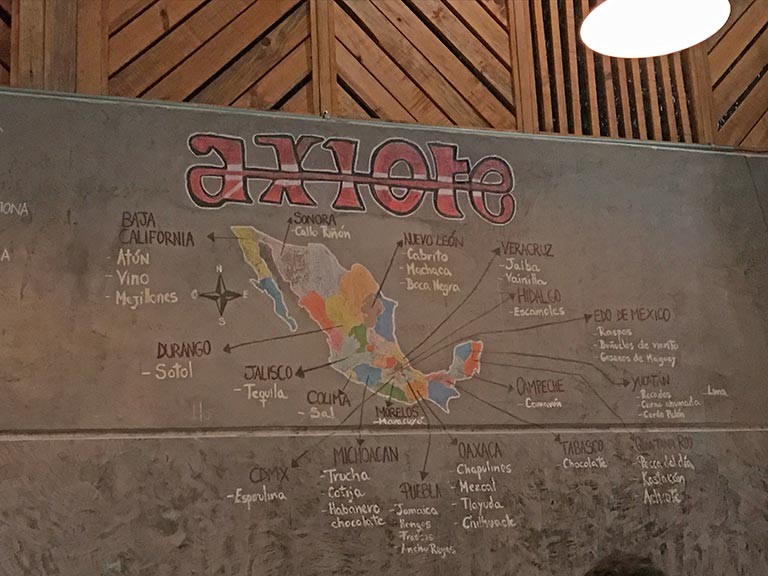Sid Mahajan: Student Report from 2016 Alternative Winter Break in Mexico
The alternative break trip to Mexico was an awesome experience that truly provided me with an insight into a culture with which I had very limited experience. From visiting the Mayan ruins of Chichén Itzá to assisting the people of Yaxunah with construction, this trip was by far the most unique experience I have had while traveling abroad. Most of all, I made many memories and friendships during this trip; both of which I know will last a long time.
While I have traveled to several continents (Europe and Asia), I had never traveled south of the United States until this trip. After a brief (yet beautiful) stop at Playa Delfines in Cancún, we set out to see the historical and cultural aspects of the Mayans at the Mayan Museum in Mérida. I was astonished when I realized how many current inventions have roots of Mayan origin. The next day, we witnessed the true feats of Mayan innovation at the pyramids of Uxmal. Along with precisely constructed gaps to create unique shadows during the summer solstice, the pyramids featured acoustics that simulated birds chirping whenever somebody clapped. The most appalling fact is that all of this was accomplished with extremely basic methods, and I came to appreciate how far our present scientific capabilities can reach.
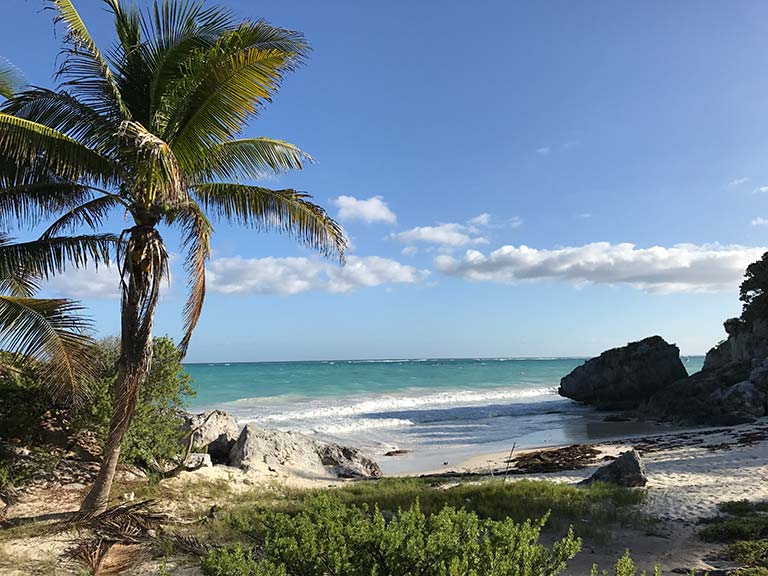
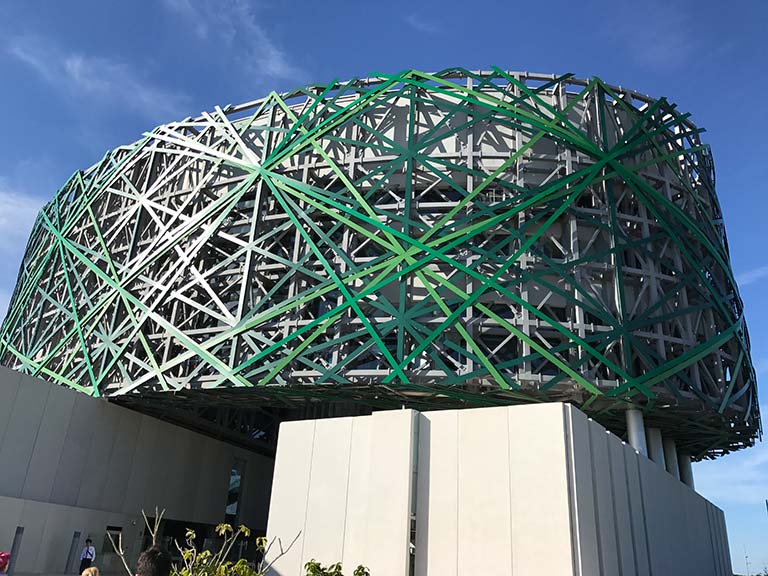
Along with touring the expanse of the Yucatán Peninsula, we ate many unfamiliar dishes that I enjoyed and most definitely plan to eat again. I’ve always been wary of unfamiliar food due to my peanut allergy, but I felt a sense of freedom when I noticed that hardly anything had peanuts in it. The prevalence of seafood, although not surprising, was an excellent addition to the lineup of Mexican dishes that are typically known to American travelers. The best part about eating at various places was, by far, the service. Not only was every server we came across polite, but they also maintained a very welcoming atmosphere. I noticed this trend throughout Mexico, regardless of where we went or what we were doing.
On our way to Yaxunah, our tour guide Ana Maria explained how the village’s remote location left little opportunity for a tourism-based economy and how the villagers are too busy farming (to feed their families) to complete various tasks that would attract more visitors. This is where we came in. We split up into multiple groups to complete various tasks, including constructing fences, clearing land, and gardening. I was assigned to help construct Albarradas (or stone walls) out of nothing but limestone. On the first day, we worked slowly as we tried to figure out the best way to stack the large rocks on top of each other in a way that they wouldn’t fall when pushed. However, we were able to build much faster when we coordinated efficiently as a team on the second day. By the end of the second work day, we had constructed a wall that spanned over 100 feet across. Although seemingly a minor project, I was satisfied because of how much faster we worked on the second day and because I knew that we were leaving the village better off than when we first arrived.
Later that day, we visited the breathtaking Mayan ruins of Tulum located right on the east coast of the state of Quintana Roo. Once again, it seemed as if the Mayans were way ahead of their times in terms of innovation and architecture. Given that we had been living on a peninsula for a week, a visit to the beach was inevitable. Although we had stopped by many bodies of water earlier, nothing compared to Playa del Carmen. The awe-inspiring beauty of the waves gently crashing along the coast was the perfect way to end the trip and a sight I will never forget. Given the chance, I would love to experience this trip again without a doubt.
